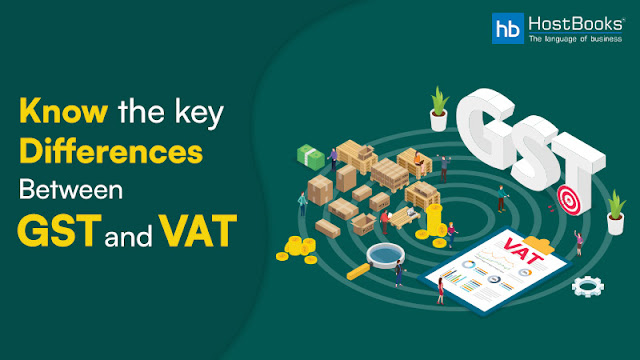Know the key differences between GST and VAT

The introduction of GST (Goods and Services Tax) has overshadowed the indirect taxation system in India, such as VAT (value-added tax), excise duty, and service tax. The primary reason for this is the elimination of the cascading effect of taxes on the economy. VAT is a state-level tax charged on the sale of goods immediately upon preparation of the Sale Invoice or when the goods are moved for sale. Value Added Tax or VAT: Fundamentals The Value Added Tax (VAT) was, in fact, introduced in 2005 as a replacement for the earlier Sales Tax. The goal of VAT was to create a unified tax rate for products and services across India. However, the VAT regime did have a few drawbacks. The key reasons for the implementation of Goods and Services Tax (GST) as a replacement for VAT included: - Being a state subject, the applicable rate of VAT for the same product/service tends to vary from state to state. - Differences in VAT rules and regulations from one state to another increase...